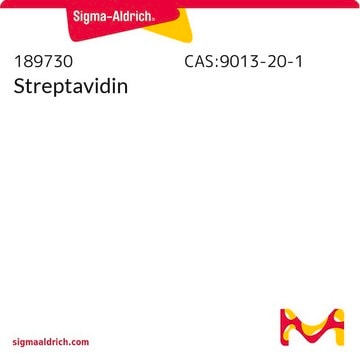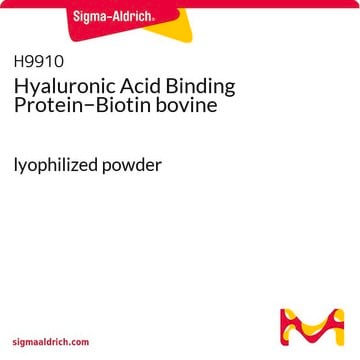E2760
Monoclonal Anti-Epidermal Growth Factor Receptor antibody produced in mouse
clone 29.1, ascites fluid
Sinônimo(s):
Anti-ERBB, Anti-ERBB1, Anti-ERRP, Anti-HER1, Anti-NISBD2, Anti-PIG61, Anti-mENA
Selecione um tamanho
R$ 2.954,00
Selecione um tamanho
About This Item
R$ 2.954,00
Produtos recomendados
fonte biológica
mouse
Nível de qualidade
conjugado
unconjugated
forma do anticorpo
ascites fluid
tipo de produto de anticorpo
primary antibodies
clone
29.1, monoclonal
contém
15 mM sodium azide
reatividade de espécies
pig, human, rat, mouse, canine
não deve reagir com
rabbit
técnica(s)
indirect ELISA: 1:10,000 using extract of the A431 cell line
western blot: 1:3,000 using extract of the A431 cell line
Isotipo
IgG1
nº de adesão UniProt
Condições de expedição
dry ice
temperatura de armazenamento
−20°C
modificação pós-traducional do alvo
unmodified
Informações sobre genes
human ... EGFR(1956)
mouse ... Egfr(13649)
rat ... Egfr(24329)
Descrição geral
Especificidade
Imunogênio
Aplicação
Immunohistochemistry (1 paper)
Western Blotting (1 paper)
Ações bioquímicas/fisiológicas
Exoneração de responsabilidade
Não está encontrando o produto certo?
Experimente o nosso Ferramenta de seleção de produtos.
produto relacionado
recomendado
Código de classe de armazenamento
10 - Combustible liquids
Classe de risco de água (WGK)
nwg
Ponto de fulgor (°F)
Not applicable
Ponto de fulgor (°C)
Not applicable
Escolha uma das versões mais recentes:
Já possui este produto?
Encontre a documentação dos produtos que você adquiriu recentemente na biblioteca de documentos.
Active Filters
Nossa equipe de cientistas tem experiência em todas as áreas de pesquisa, incluindo Life Sciences, ciência de materiais, síntese química, cromatografia, química analítica e muitas outras.
Entre em contato com a assistência técnica








